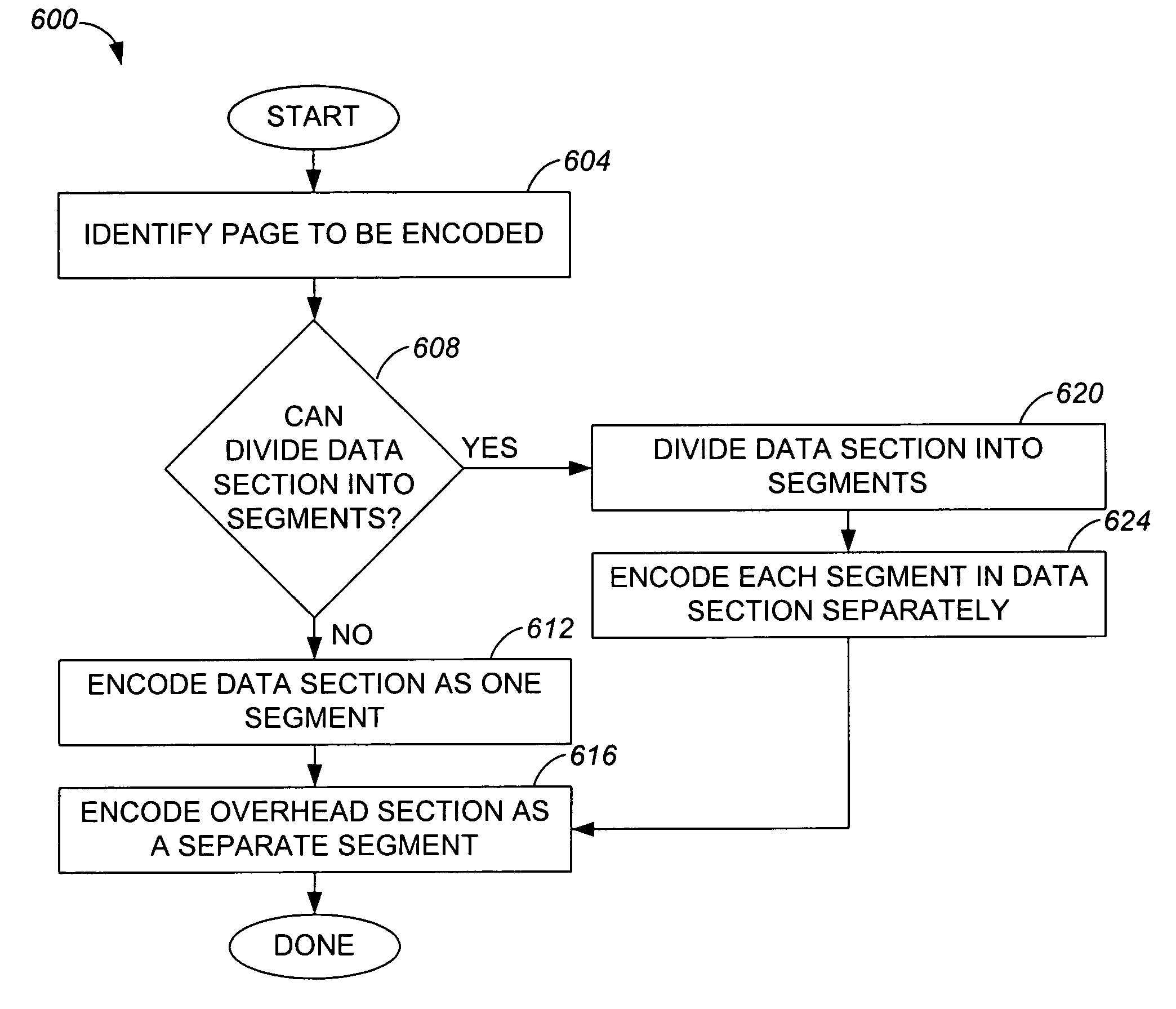Method and apparatus for managing the integrity of data in non-volatile memory system
a non-volatile memory and integrity technology, applied in the field of mass digital data storage systems, can solve the problems of more computational overhead, computational overhead, and power consumption of non-volatile memory, and achieve the effect of reducing the number of data integrity errors
- Summary
- Abstract
- Description
- Claims
- Application Information
AI Technical Summary
Problems solved by technology
Method used
Image
Examples
Embodiment Construction
[0032] An error correction code (ECC) algorithm such as either a 1-bit ECC algorithm or a 2-bit ECC algorithm is often used to encode data to be stored into a physical page of a non-volatile memory, and to decode stored data. The use of ECC algorithms generally enables the accuracy of data stored within a physical page to be improved. The use of a more calculation-intensive 2-bit ECC algorithm may be preferred to a less calculation-intensive 1-bit ECC algorithm due to the ability of a 2-bit ECC algorithm to correct more erroneous bits that may be corrected using a 1-bit ECC algorithm. The implementation of a 2-bit ECC algorithm, however, while providing increased error correction capabilities, is more expensive than a 1-bit ECC algorithm in terms of a number of calculations and power requirements.
[0033] Typically, when an ECC algorithm such as a 1-bit ECC algorithm is used to encode data contained within a page, either the entire page is encoded together, or only a data section of t...
PUM
 Login to View More
Login to View More Abstract
Description
Claims
Application Information
 Login to View More
Login to View More - R&D
- Intellectual Property
- Life Sciences
- Materials
- Tech Scout
- Unparalleled Data Quality
- Higher Quality Content
- 60% Fewer Hallucinations
Browse by: Latest US Patents, China's latest patents, Technical Efficacy Thesaurus, Application Domain, Technology Topic, Popular Technical Reports.
© 2025 PatSnap. All rights reserved.Legal|Privacy policy|Modern Slavery Act Transparency Statement|Sitemap|About US| Contact US: help@patsnap.com



